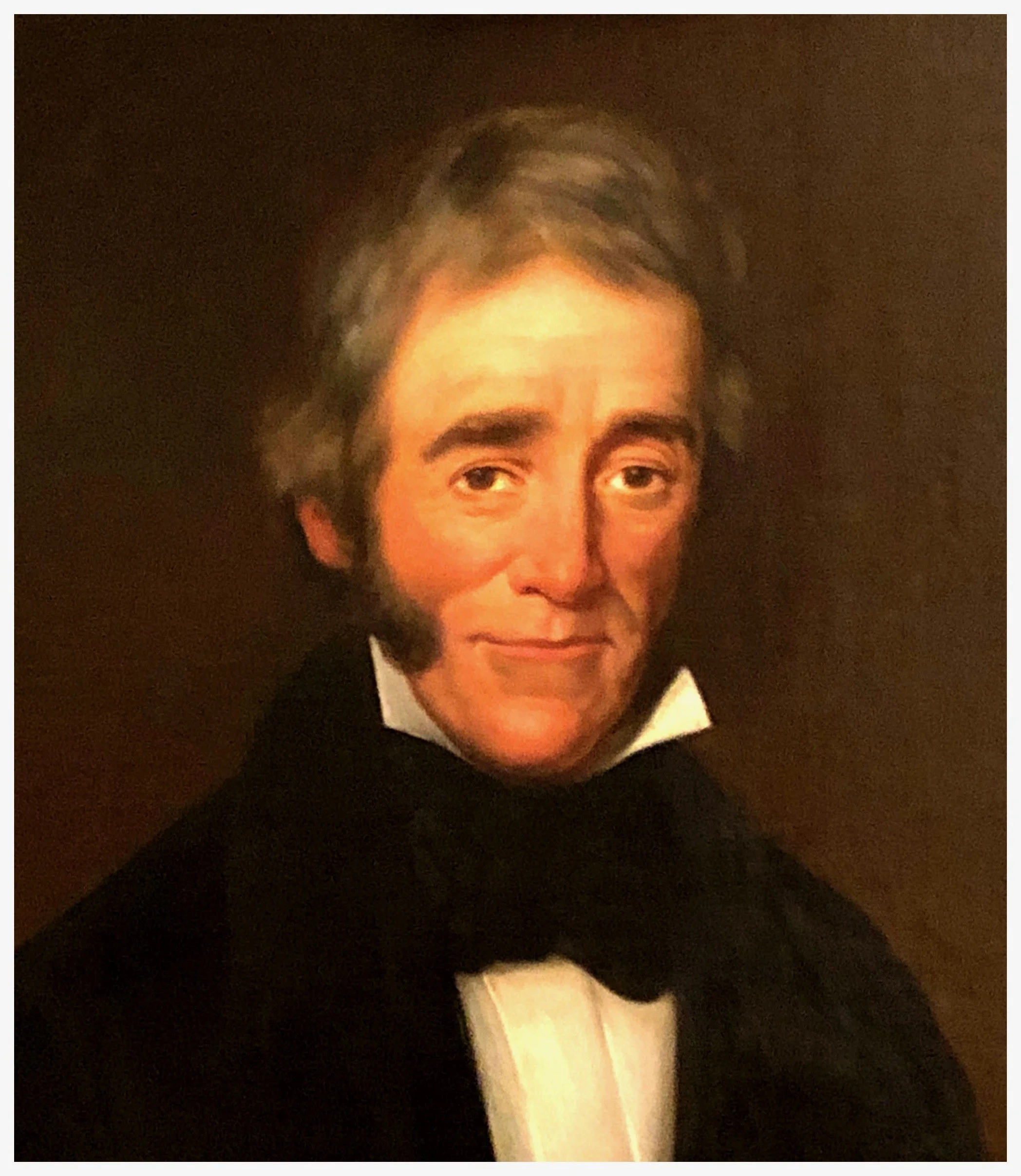Isaac Henry Bry immigrated to America from Geneva, Switzerland in 1801 and arrived in Ouachita Parish in 1803 (the year of the Louisiana Purchase) and fell in love with the area. A renaissance fellow, curious, intelligent and interested in everything, he was a drafter and signer of the first Louisiana Constitution in 1812, a Parish Judge, President of the Board of Public Works (helping to identify the rivers navigable for steamboats), acted as a translator with the local Native American tribes, and established a plantation called Mulberry Grove, growing cotton and sugar, primarily.
He also developed a brick making business on the property and experimented with all kinds of crops and plants to see what would grow best in the area. He had one of the largest libraries in Northern Louisiana. He was also a slave owner and at the time of his death listed 58 enslaved people in his will.
NOTE: With the help of University of Louisiana - Monroe, an initial focus of the Bry-Layton Archives is to transcribe and index documentation related to enslaved people to support genealogists and historians in their research.
MONROE: Bry played a role in Monroe acquiring it's name:
The first steamboat to arrive in what was called Fort Miro at that time, was the James Monroe (1819). The locals, excited by this, got together, led by Bry, and headed down to the steamboat and a party ensued. There was apparently much imbibing involved. Bry suggested they rename "Fort Miro", "Monroe" - and all agreed.
FAMILY: Bry had six children with his first wife, Marie Agnes Seuzeneau (1786-1821), most of whom lived to adulthood. Seuzeneau died in 1821 - a partial gravestone is in the family cemetery (Bry-Layton Cemetery).
Bry married the widow Nancy Tennille Barlow in 1823. Nancy Tennille and Henry had eight children, though few lived to adulthood. You'll find many gravestones in the family cemetery of the children who died. Melinda Tennille Bry, their youngest child, (1838-1892) inherited the house and grounds and married Robert Layton II from New Orleans, hence it later became known as Layton Place.
Make it
Isaac Henry Bry (1781-1858)


